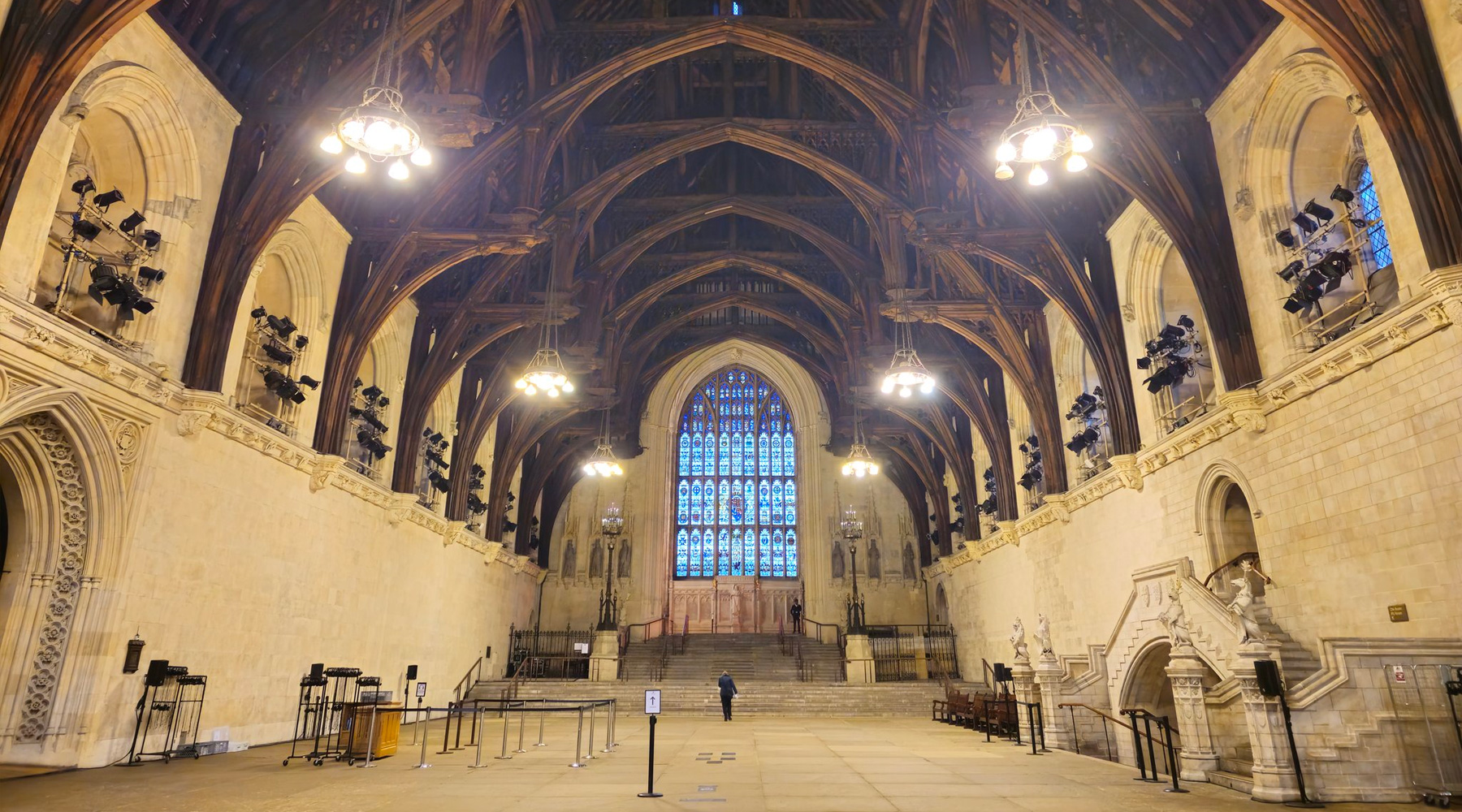Over the Easter holiday, a deep borehole was drilled underneath the Houses of Parliament, reaching more than twice as deep as the Elizabeth line tunnels. The 84-metre deep borehole was part of 1,500 hours of intrusive surveys across the Palace of Westminster while the MPs were away to investigate the geological condition of the ground on which the Palace stands.
The Palace of Westminster needs extensive restoration work and the borehole is one of a long running programme of investigation works to build up an understanding of how Parliament buildings could be stabilised during restoration work.
Nigel Evans MP, Deputy Speaker of the House of Commons and Chair of the R&R Programme Board, said: “We’re getting on with critical repairs and maintenance work across Parliament alongside important building surveys like huge underground boreholes as part of the extensive restoration and renewal of the Palace of Westminster.”
The Restoration and Renewal Programme is conducting tens of thousands of hours of complex building surveys and investigations to inform future decisions about restoration work.
Alongside the borehole, the Delivery Authority also inspected risers and other spaces containing pipes and wiring at 32 locations across the Palace as part of an ongoing primary services distribution survey, which checks vertical distribution routes for future service cables.
A survey to measure the energy efficiency of rooms in the Palace was conducted with air pressure checks conducted in a low heritage-rated location to identify points of air leakage and heat loss. These checks follow a visit to the same location over the Christmas recess and enable a direct comparison between results obtained with and without seals around windows and vents.
Alongside these intrusive surveys, Heritage Project Officers from the Delivery Authority continued the nonintrusive Heritage Audit of the palace’s Heritage Collections. Over 1,000 hours have so far been devoted to auditing and cataloguing over 8,000 items.
That’s needed so that when restoration work finally starts, they know what needs to be moved, and where to put it back afterwards.
Matt White, Restoration and Renewal Programme Director said: “Designing for a building as old and complex as the Palace isn’t easy, and we don’t always have complete plans we can work from due to the age of the building. To restore the Palace, we first need to understand it. These intrusive surveys help us better understand the condition of the Palace by looking at ground conditions, floors and ceilings, heritage items, and air quality. This information is used to inform the development of detailed architectural designs on every aspect of the Palace.”









It’s surprising that they think that they need to go that deep given the high level of ground characterisation that would have gone on for Jubilee Line Extension and Big Ben stabilisation. Unless, it’s look at the potential for a heat pump.